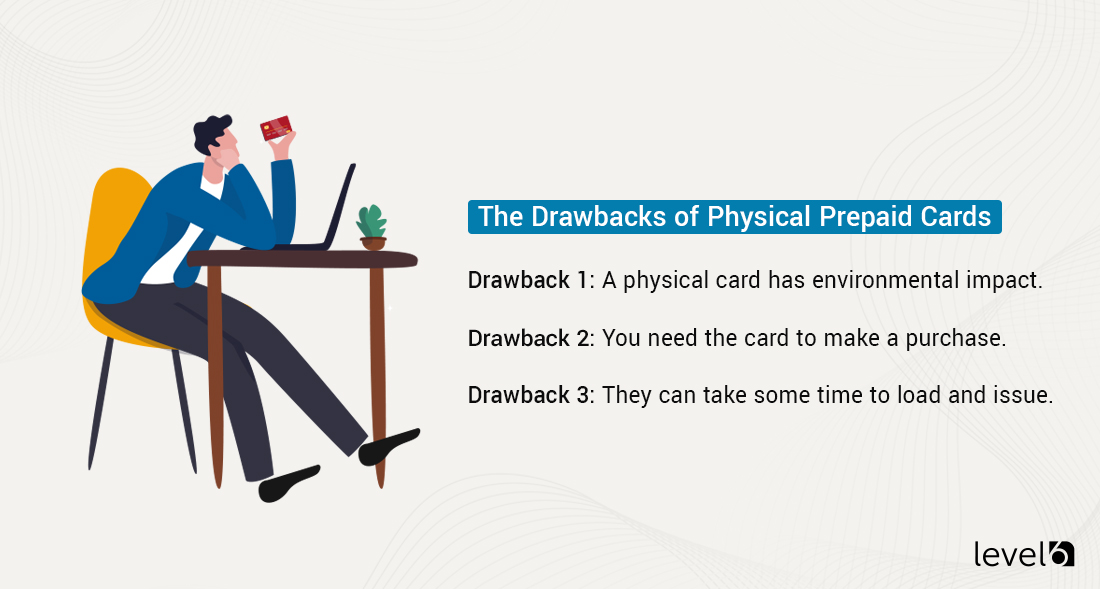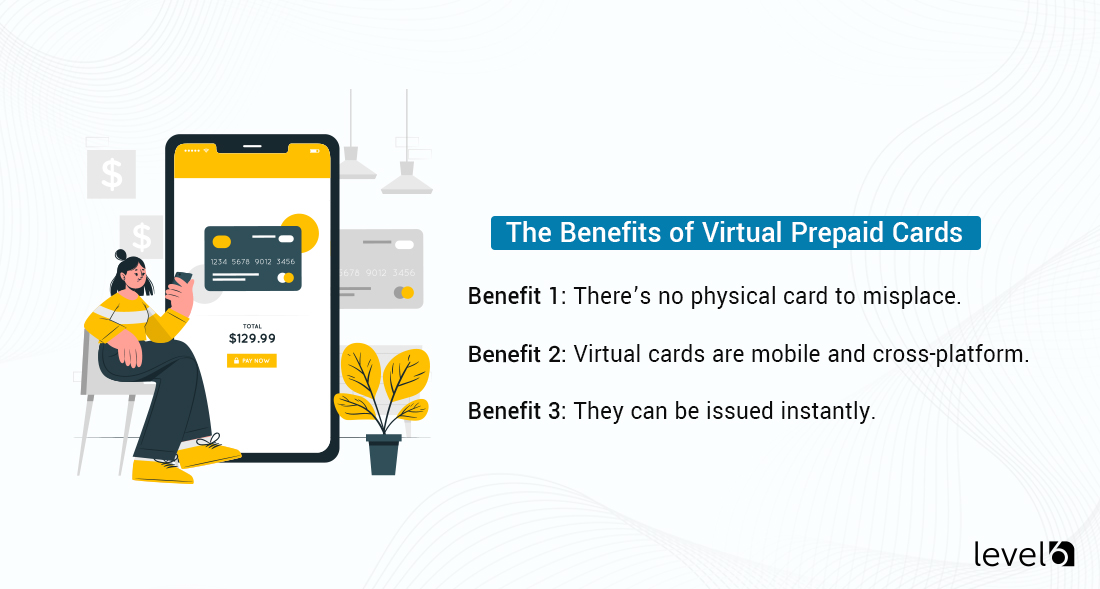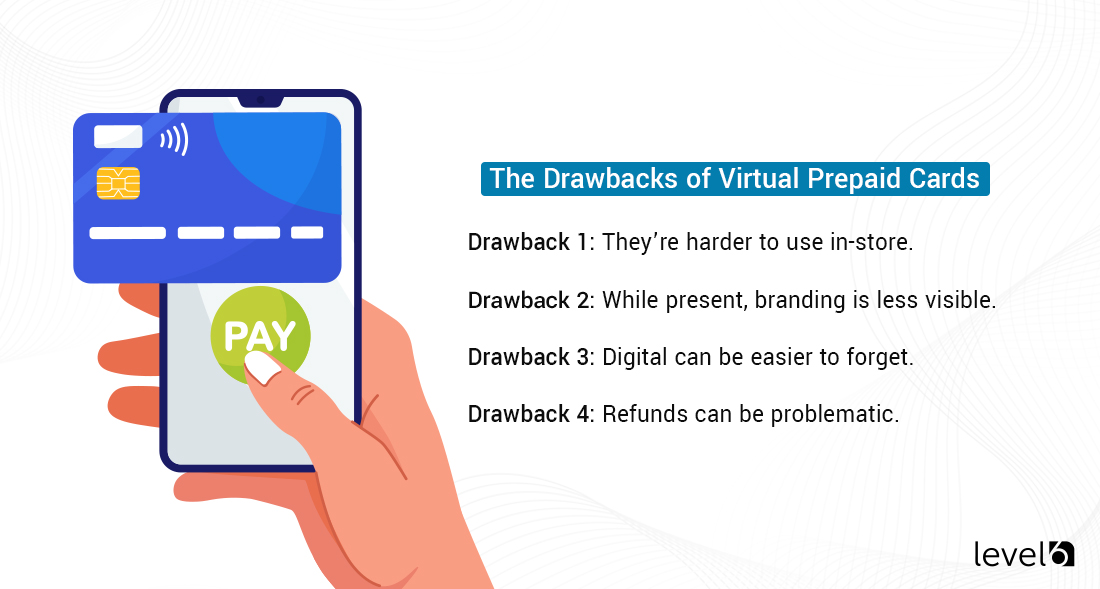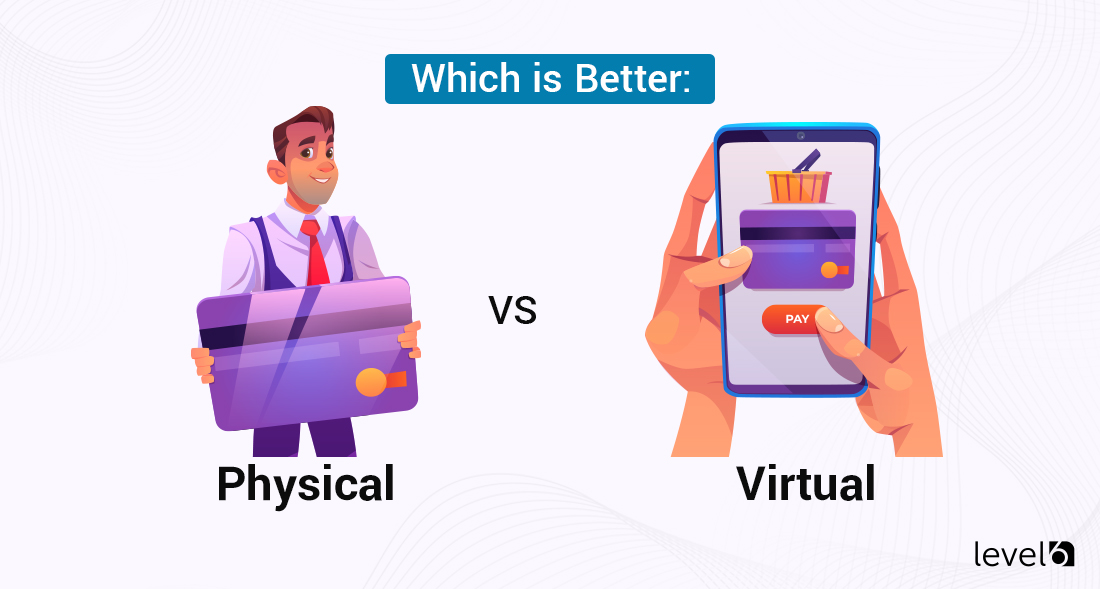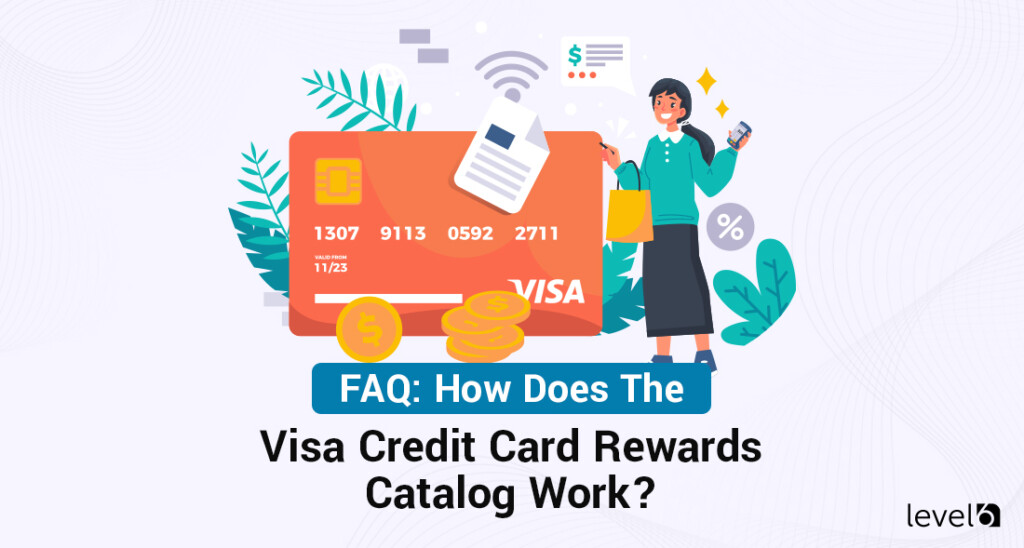Virtual vs Physical Prepaid Cards: Which Is a Better Reward?
When you’re developing an incentive program, one of the most crucial decisions is what, exactly, your reward will be. Most of the time, the best reward is money, but how do you deliver that money?
Two of the most common options are physical prepaid cards and virtual prepaid cards. It can be a tough decision to pick one, though, so here’s a rundown of the pros and cons of each.
What is a Physical Prepaid Card?
Your bank-issued debit card and credit cards are essentially pieces of plastic with some numbers. The numbers include an account number, a routing number if necessary, a security code, an expiration date, and not much else. A lot of math goes into generating these numbers correctly, and different financial institutions have unique processes to keep theirs secure.
Physical prepaid cards are similar to those bank-issued cards, except instead of tying to your bank or credit account, they tie into a temporary pool of money. This process can be one-and-done, like a gift card, or they can be reloadable.
The key is that they’re a physical piece of plastic with a magnetic strip on the back or a chip loaded with the information necessary to use them to pay for purchases.
What is a Virtual Prepaid Card?
Since a physical prepaid card is a piece of plastic with some numbers, do you even need the piece of plastic? As it turns out, no, you don’t. The numbers are generated when an account with funds is created, all of which are tracked by the institution issuing the cards, usually Visa or MasterCard.
A virtual prepaid card is usually just an email with the information that would typically be on the card. You’re sent an account number, expiration if relevant, and a security code to use the card. Depending on the provider, you may be able to add this information to a digital wallet such as Apple Pay and Google Pay.
You can use it online for purchases quite easily, just like typing in the information from your credit card.
The Benefits of Physical Prepaid Cards
Physical prepaid cards are fairly traditional at this point. In the past, they may have been limited to store credit for specific vendors – a gas card, a card for Kohl’s, a card for Amazon – but these days, the most common is simply a prepaid Visa card with funds on it, usable anywhere a credit or debit card is accepted. They’re still around because they have tangible benefits over other options.
Benefit 1: They’re a tangible, physical reward.
There’s something to be said for being handed a gift, even if that gift is just money dressed up in a pretty piece of plastic. It’s a physical reminder of whatever your employee did to earn the reward. Tangible rewards can linger, and even once the employee spends the money on the card, they can still keep the card around as a reminder and souvenir. Tangible rewards feel good, can be carried around, and are helpful.
Looking to learn more about an incentive, rebate
or reward program for your business?
Curious about costs?
Try our instant pricing calculator:
Benefit 2: They’re easy to bring with you and spend.
One of the most significant benefits of a physical prepaid card is how easy it is to carry it with you and spend it as money, just like any other credit or debit card. You can slip it in a wallet or purse just like the other cards you carry and use it anywhere businesses would accept credit. Different cards may have additional usage restrictions (sometimes they’re issued by different companies, sometimes businesses don’t accommodate credit purchases, etc.). Still, for the most part, they’re pretty much just as good as cash.
Benefit 3: Branding is easy, front and center.
There are many primary and tertiary benefits of adding your logo to these employee cards. You can make company branding front and center on the physical card. Branding is a big part of incentive programs because you don’t want it to be treated just like cash. If you did, you could just hand over cash, right? The branding also has a psychological element. When employees use it, they remember that the company gave it to them based on their performance and loyalty. They think about the company and how they’re attached to it, which has many mental and social repercussions. The vendors that accept the money can also see the card and know your company is paying such rewards.
The Drawbacks of Physical Prepaid Cards
Physical prepaid cards aren’t perfect. If they were, no one would need another option, right? Well, a few noteworthy drawbacks to physical cards are worth knowing. They may or may not be deal-breaking drawbacks for your company or your employees; it largely depends on personal factors.
Drawback 1: A physical card has an environmental impact
First, printing out physical prepaid cards uses plastic, which is harmful to the environment. Now, in the grand scheme of things, a few dozen or a few hundred prepaid cards for your organization aren’t likely to have a climate-destroying impact. But, if your company is dedicated to focusing on green initiatives, climate benefits, and other minimization of environmental impact, investing in physical prepaid cards may be a step in the wrong direction. Is this a deal-breaker? For most people and organizations, no. For a few, it will be, mainly since virtual options exist.
Drawback 2: You need the card to make a purchase.
Physical cards are similar to cash in that you need the card to make a purchase, particularly in-store. You could memorize the numbers, but for a temporary card, that’s not usually worth the effort or cognitive burden. If you lose, misplace, or damage the card, you need to have it re-issued.
Now, a lost card isn’t going to lose the money attached to it. The money is in an account, so unlike cash, losing the card means a delay and a hassle while you contact the issuer and wait for your new one to come in the mail. But, it’s still a requirement. It doesn’t feel good to forget the card at home when you want to use it to make a purchase.
Drawback 3: They can take some time to load and issue.
Modern computer systems are very fast when they need to be. You can set up a process for incentives in short order, and issuing money to individual accounts is easy. Activating those accounts as needed is near-instant as well.
The trouble comes when you need to create and issue a card to an employee. Either you need a machine that can encode magnetic strips in your office, or you need to order cards from your bank issuer. You may run into delays or technical challenges if you try to handle this process yourself. This process is much faster and more streamlined if you decide to use a company like ours.
The Benefits of Virtual Prepaid Cards
Virtual cards are entirely digital, which means they have some valuable benefits over physical cards. Though you lack the oomph of handing over a physical reward, you still get access to money, which is much faster and easier to hand out. To an extent, you can take the benefits and drawbacks of physical cards and reverse them for this section, but there’s a bit more nuance to it that’s worth reading.
Benefit 1: There’s no physical card to misplace.
The information is stored in digital form with a virtual card, and there’s no card to lose. Your employees can copy and paste card data into an online store and complete their purchases in just a few minutes. Moreover, they can often tie them into existing digital wallets, like Google Pay or Apple Pay, and have the funds in one central location they’re used to using.
Benefit 2: Virtual cards are mobile and cross-platform.
With a physical card, you need to have the physical card on hand to use. With a virtual card, it’s there in your email and can be used from anywhere you can access it. It can be stored on your employee’s phones, accessed from a laptop or PC, or even printed out to use elsewhere. In a way, physical cards are more limited just because if you don’t have the card on hand, you can’t use it unless you’ve memorized the numbers.
Benefit 3: They can be issued instantly.
Above, we mentioned that physical cards have to be created and issued, which requires encoding the magnetic stripe on the back or chip and possibly even mailing the card to your office for use. Now, that’s not a terrible burden if you know you need X number of $50/$100/$250 cards and can order them, but if you want custom values or custom-issued cards, the creation process imposes a delay. The lack of delay between achievement and reward can make an incentive program even more effective. With virtual cards, it’s as easy as a few clicks in a website dashboard, and the “card” is created and issued.
The Drawbacks of Virtual Prepaid Cards
Virtual cards aren’t perfect either. They’re relatively new as a technology, though not as new as some things, so many kinks have been worked out. That said, there are still a few issues you may need to overcome if you’re planning to invest in virtual cards as part of your incentive program.
Drawback 1: They’re harder to use in-store.
If your employees want to use a virtual card in a physical store, like a restaurant, grocery store, or clothing shop, two things need to happen.
First, the vendor must be willing and able to accept a digital payment option like a virtual card. Some won’t want to. Visa generally issues these cards, so your employees can use them almost anywhere. However, some stores have policies preventing them from using information encoded in an email or web portal. Your employees may need to transfer the money to a digital payment processor like Apple/Google, though some merchants don’t accommodate purchases from Apple Pay or Google Pay either.
Second, the employee must be able to access the virtual card information. That means that your employees must have internet and account access to log into their email in the store (which can be difficult if your employee email accounts need VPN access or particular security). If they live in a remote location without cell service, it may be challenging for some users to utilize their digital cards.
Drawback 2: While present, branding is less visible.
Branding is front-and-center for physical cards, but for digital cards, all you get is digital graphics of the card info online. It’s a lot easier to ignore and a lot less valuable. Is it hugely meaningful? Probably not, but it’s still a detail you might want to know.
Drawback 3: Digital can be easier to forget.
A physical card stored in a wallet or purse is easier to remember than an old email that has settled down to the bottom of a cluttered inbox. An incentive is only as good as its use, and if your employees routinely forget that they even have that money to spend, it’s not doing them a lot of good.
Drawback 4: Refunds can be problematic.
Usually, refunds aren’t going to be an issue with incentive cards. Your employees use the money to buy something they want, and that’s that. On rare occasions, though, a purchase goes wrong, and a refund must be processed.
Well, if the account that held the funds is closed when the funds are removed, where will that refund go? Unfortunately, this can cause problems and may restrict a refund to just store credit. It’s always worth reading into the policies of a card, either physical or digital, to make sure they work how you expect.
Which is Better: Physical or Virtual?
The truth is that physical prepaid and virtual prepaid cards have far more similarities than differences.
The biggest reasons why you might pick one over the other include things like:
- The environmental impact of plastic cards.
- The speed of issuing an incentive reward.
- The convenience of using the reward money in a physical location.
For many companies, this is more down to the individual’s personal preferences as much as anything. So, you have a few options. You can poll your employees and see which they would prefer. You can build a hybrid incentive program that offers both options.
If you’re unsure which option is best for you, please call us today for a free consultation, and we’ll recommend a solution that works best for your organization.

Claudine is the Chief Relationship Officer at Level 6. She holds a master’s degree in industrial/organizational psychology. Her experience includes working as a certified conflict mediator for the United States Postal Service, a human performance analyst for Accenture, an Academic Dean, and a College Director. She is currently an adjunct Professor of Psychology at Southern New Hampshire University. With over 20 years of experience, she joined Level 6 to guide clients seeking effective ways to change behavior and, ultimately, their bottom line.
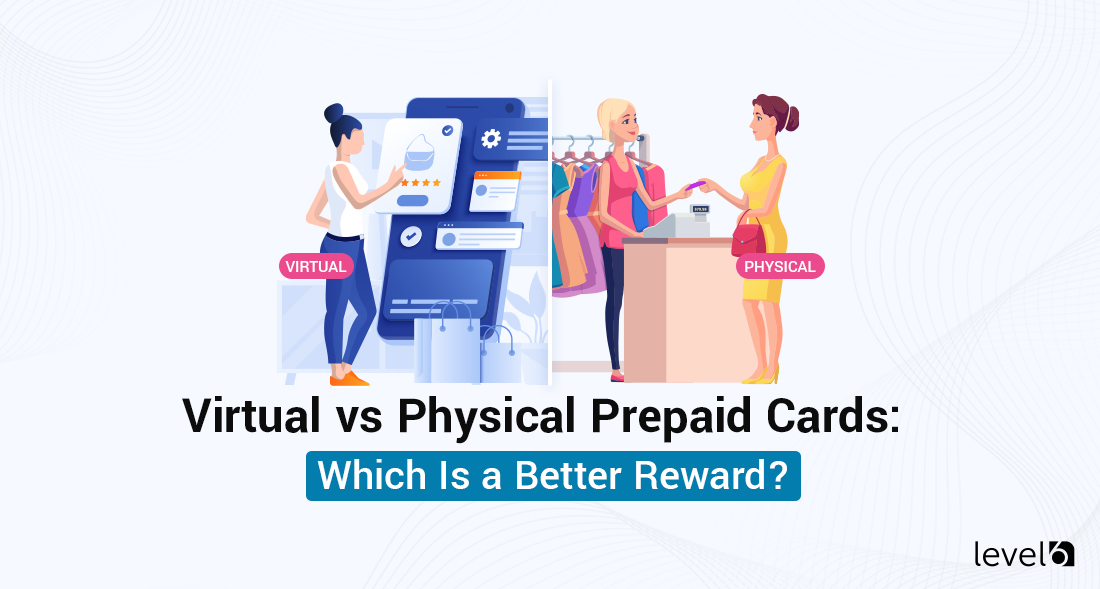

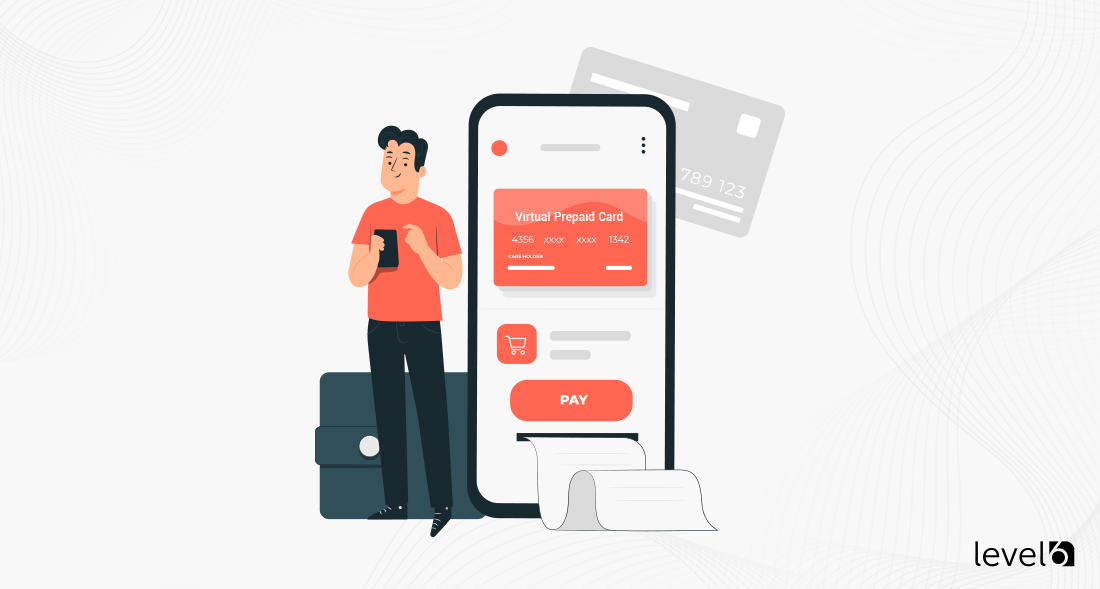
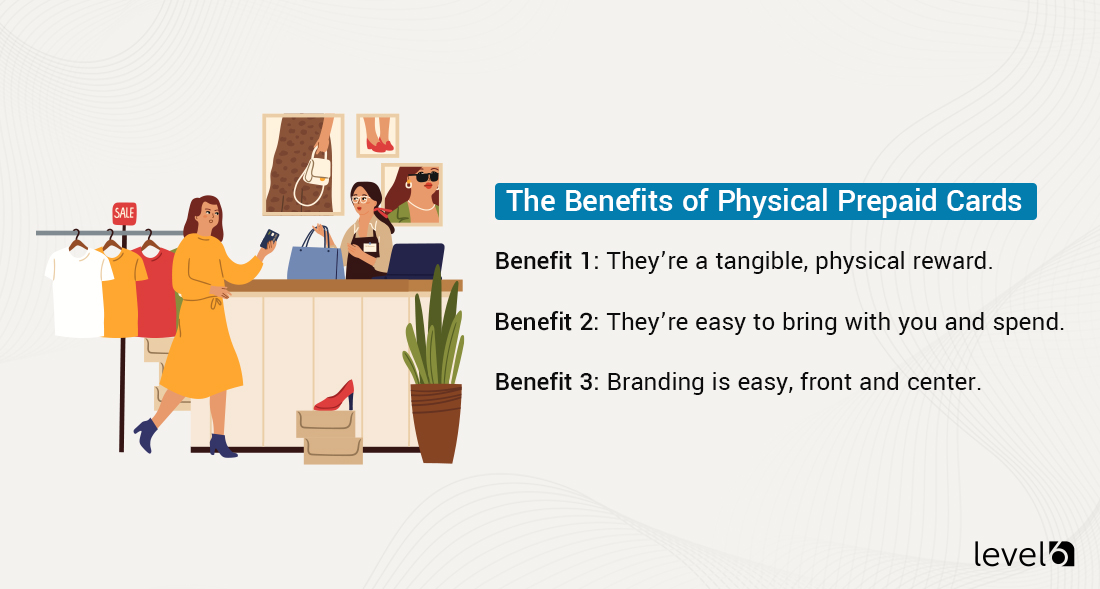
 Demo
Demo